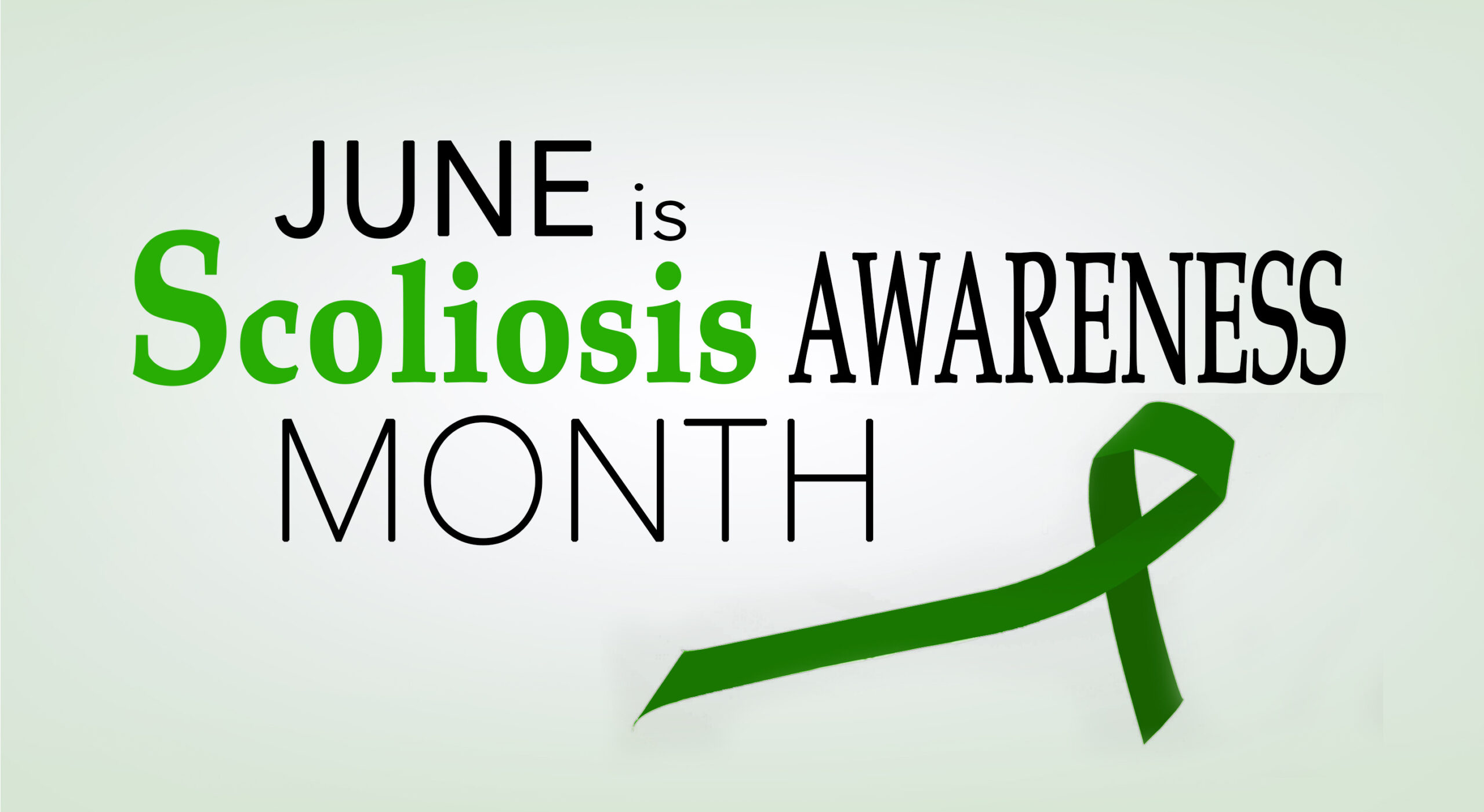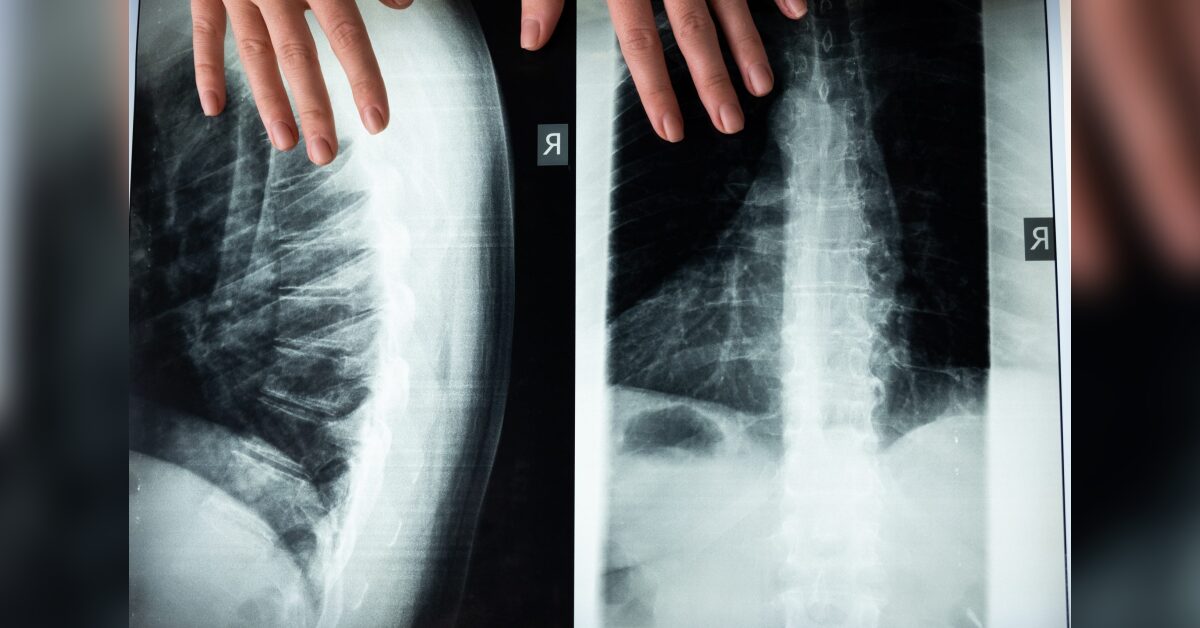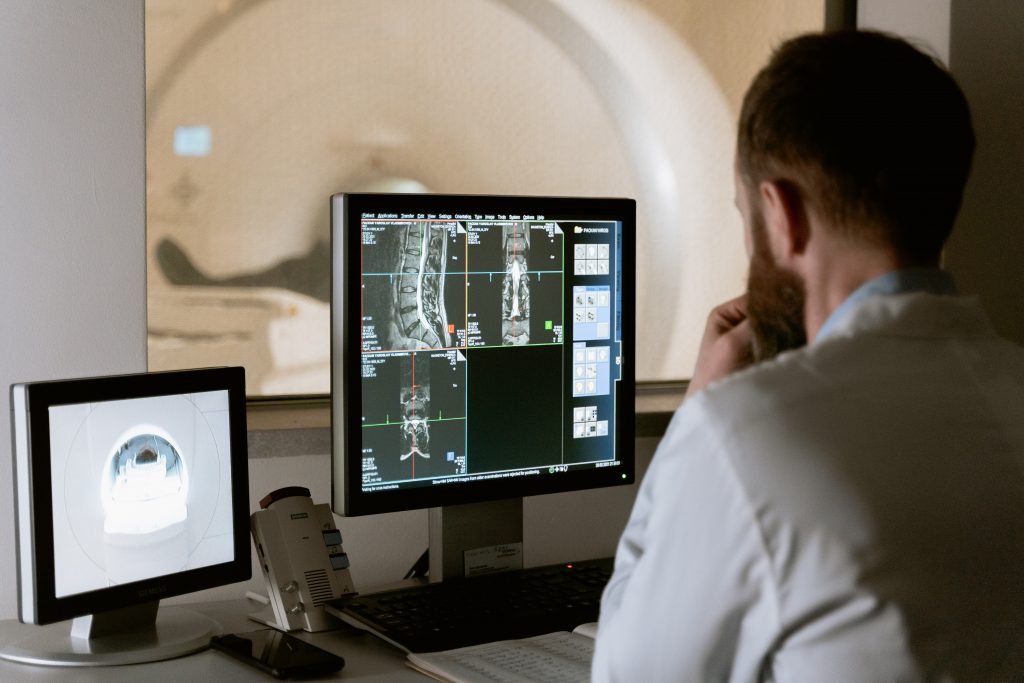

Scoliosis is a condition that causes the spine to curve sideways and look like an “S” or “C.” Scoliosis curves can occur anywhere on the spine, but most often develop in the spine’s thoracic, or middle, section. In most cases, scoliosis is diagnosed during adolescence, during the growth spurt just before puberty.
Scoliosis affects 2 to 3 percent of the US population, or an estimated six to nine million people. And approximately three million new cases are diagnosed each year.
Scoliosis can develop in infants and young children but primarily affects pre-teens and teens ages 10 to 15. Initially, scoliosis affects boys and girls equally, but girls are eight times more likely to have spinal curves that worsen to the point of requiring treatment.
The most common type of scoliosis is idiopathic scoliosis. “Idiopathic” means the exact cause is unknown. Idiopathic scoliosis accounts for 80 percent of all diagnosed scoliosis cases. While the exact cause of idiopathic scoliosis is not known, research suggests that genetics may play a role in some cases. Approximately 30 percent of adolescents with idiopathic scoliosis have a family history of the condition.
Other types of scoliosis include congenital scoliosis, when problems with the spine form while a baby is developing in the womb, and neuromuscular scoliosis, when medical conditions that affect nerves and muscles, such as muscular dystrophy, cerebral palsy and spina bifida, lead to spinal deformities. Degenerative scoliosis is the result of wear and tear on the discs and joints of the spine and is the most common type of scoliosis affecting adults.
Your child may have scoliosis if his or her: shoulders are uneven (one or both shoulder blades sticks out), head is not centered above the pelvis, one hip looks higher than the other, rib cage sticks out when bending forward, arms hang differently beside the body and entire body leans to one side. About 23 percent of people with idiopathic scoliosis complain of back pain.
In many cases, scoliosis is initially detected during a screening at school or during your child’s annual pediatric check-up. If the screening causes concern, the doctor will perform a full physical exam and get an x-ray of your child’s spine. The doctor may order a CT or MRI scan to get more detailed information about the spine, as well as the muscles, nerves and other structures surrounding it.
The doctor will examine your child with a tool called a scoliometer, which measures the angle of trunk rotation. The spinal curve is typically assessed using a system called the Cobb Method and is diagnosed in terms of severity by number of degrees. Scoliosis is generally diagnosed when the curve is greater than 10 degrees.
Treatment for scoliosis includes observation, bracing and surgery. If your child’s curve is mild, less than 25 degrees, or if your child is almost done growing, the doctor may recommend monitoring the curve to make sure it doesn’t progress. If the curve is under observation, your child will return to the doctor every four to six months for check-ups and follow-up x-rays .
If the curve is between 25 and 45 degrees and your child has not reached skeletal maturity, the doctor may recommend bracing. A brace cannot straighten an existing curve, but it can help prevent the curve from progressing. Large studies show that braces, when used with full compliance, successfully stop curve progression in about 80 percent of children with scoliosis. Braces may need to be worn 16 to 23 hours every day until growth stops.
Surgery may be recommended if your child’s spinal curve is greater than 45 to 50 degrees or if bracing did not stop the curve from progressing. Severe spinal curves may limit space in the chest cavity and interfere with heart and lung function.
The standard surgical procedure for scoliosis is spinal fusion. During this procedure, the surgeon realigns and straightens the spine using rods attached by hooks, screws or wire. The surgeon also places small pieces of bone, called bone grafts, between the affected spinal vertebrae to allow the bones to fuse into one solid unit.
The rods hold the bones in place while they fuse together over time. Only the curved vertebrae are fused. Your child’s remaining vertebrae continue to move freely and assist the body with motion. A large percentage of patients benefit from surgery, but there’s no guarantee it will halt curve progression in every individual.
Your child’s doctor may recommend physical therapy and exercise, which can’t stop scoliosis but can strengthen muscles and improve overall health and wellbeing.
If your child is having difficulty coping with scoliosis, consider joining a support group. Support groups connect you with other parents and kids facing the same challenges. These individuals can provide helpful advice based on their experiences that you can apply to your own situation.






Leave a Reply